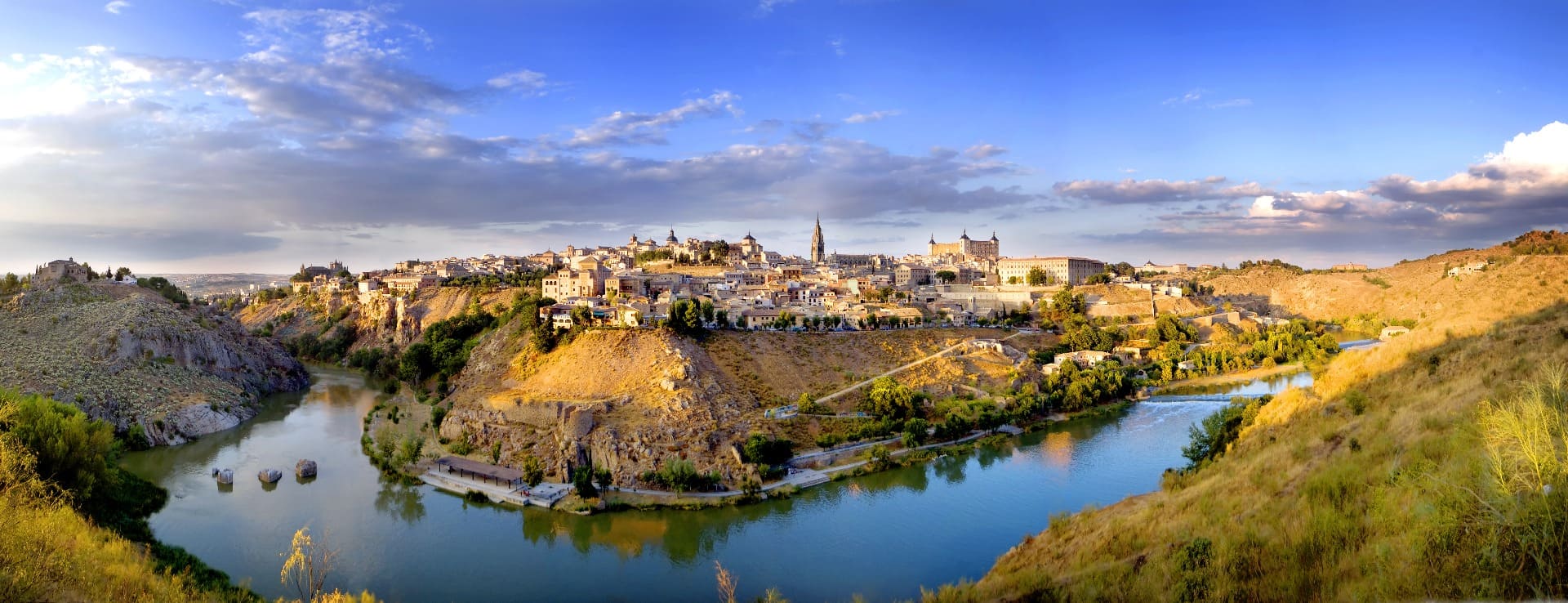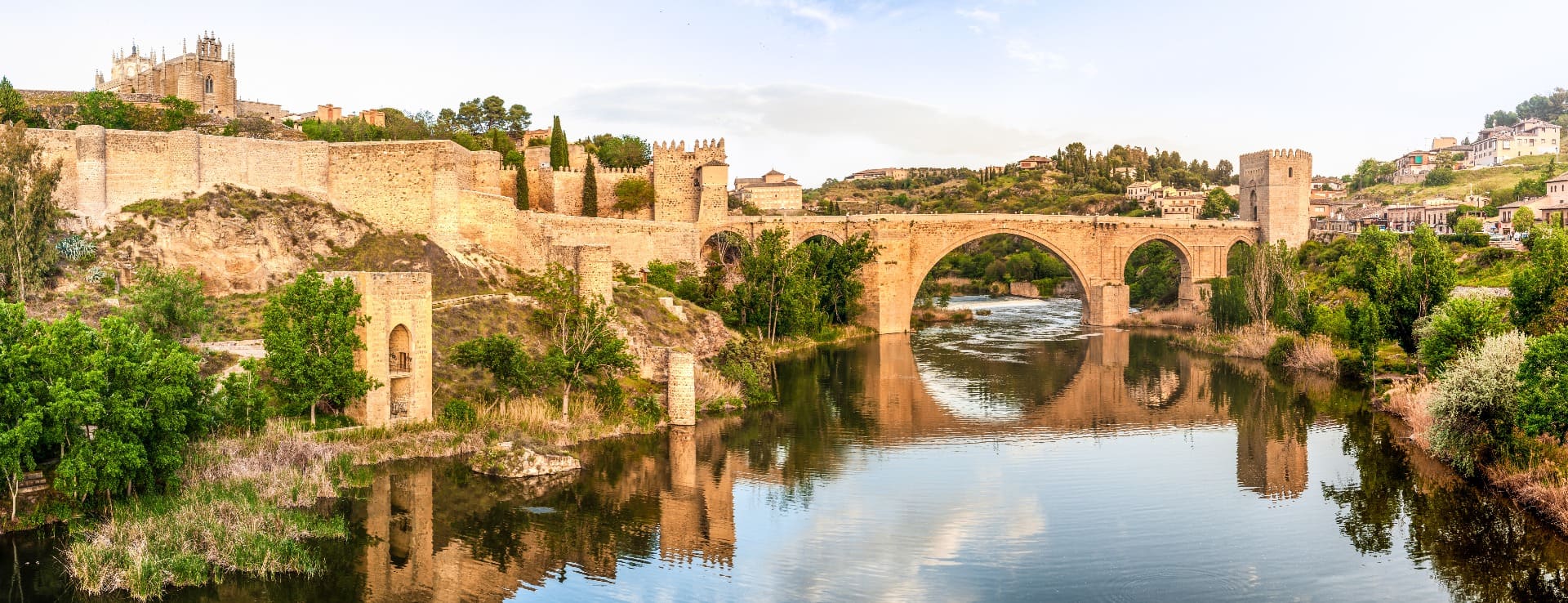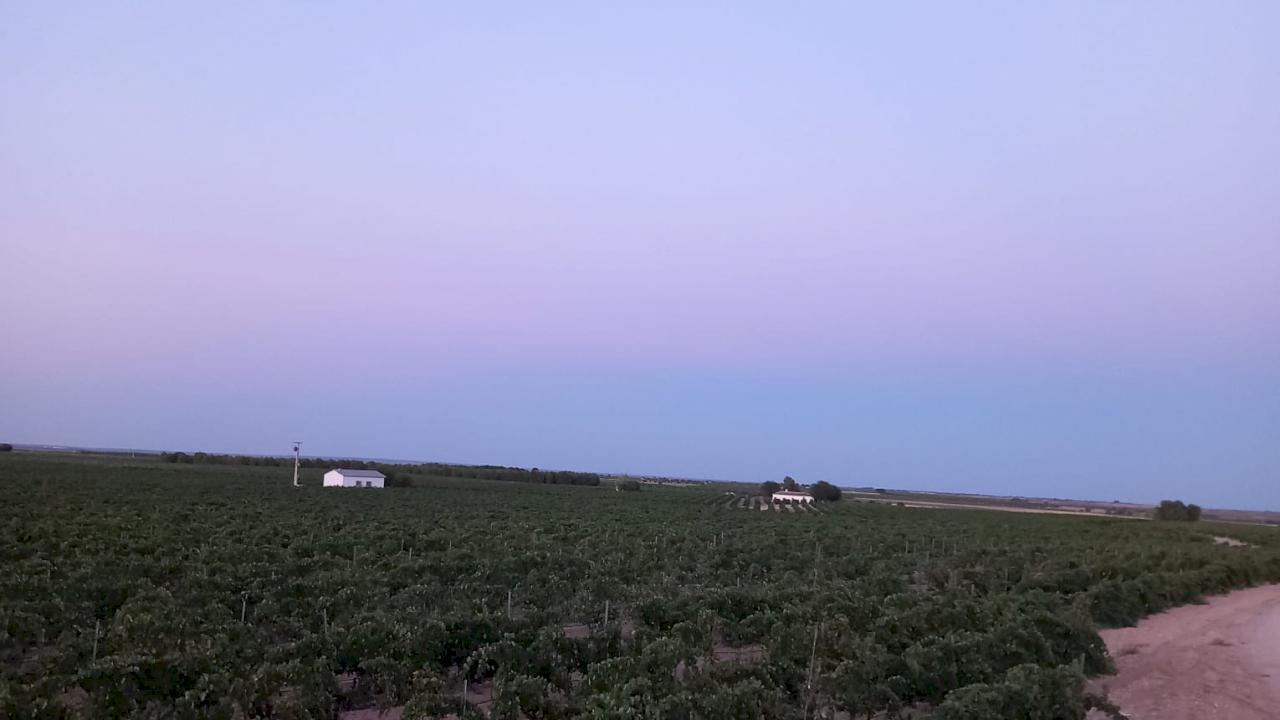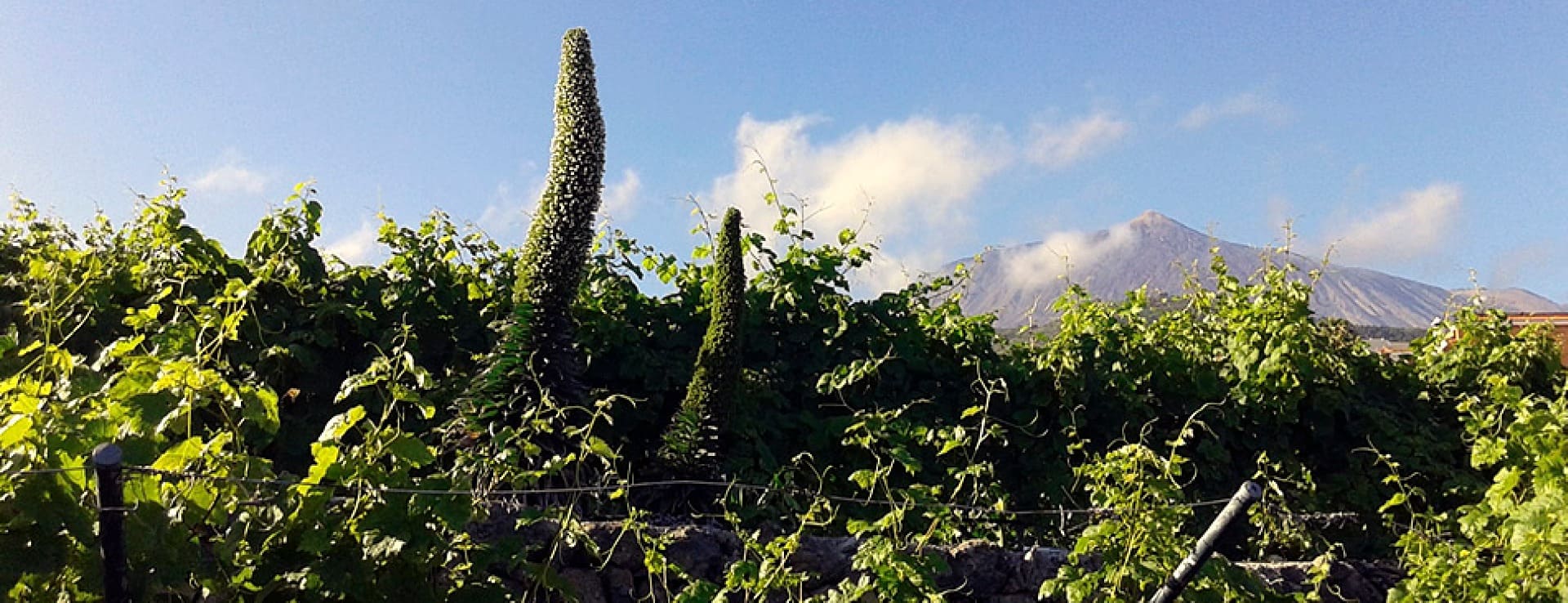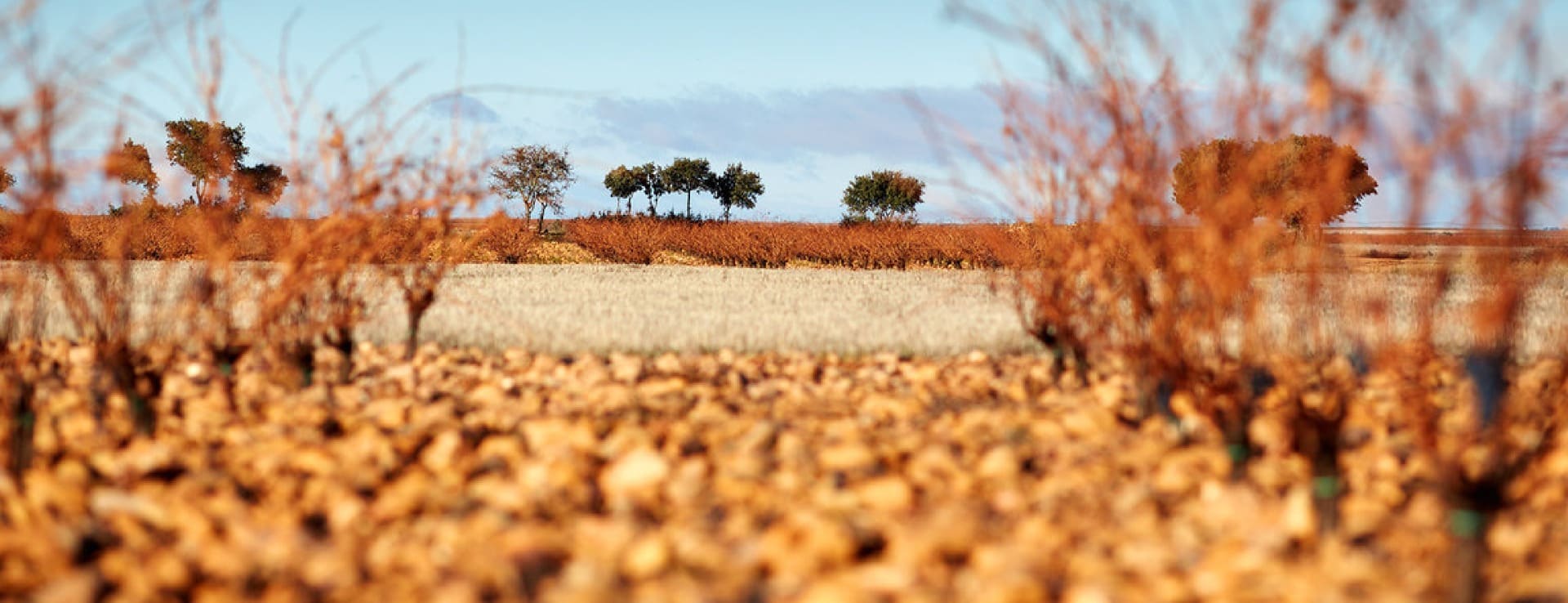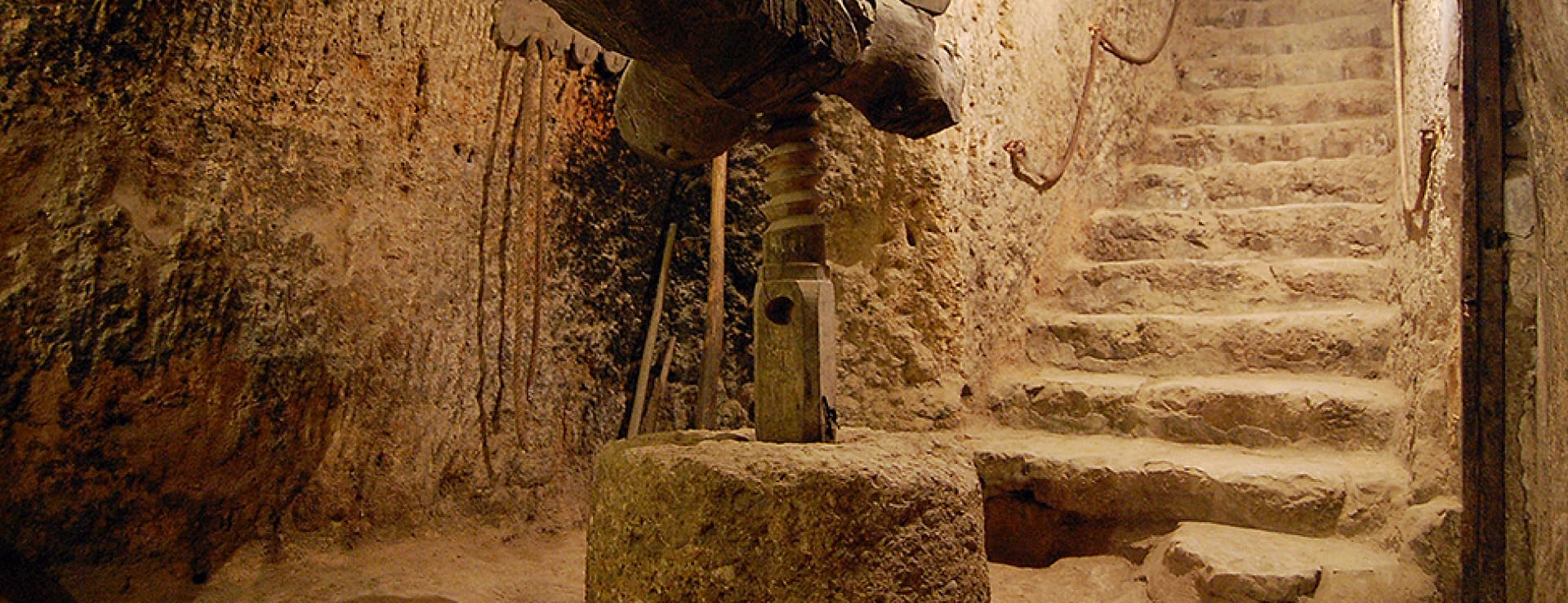Find your winery or vineyard
2 Wineries and Vineyards for sale in Toledo

Large production winery in DO La Mancha.
Winery with 12 hectares of different variety vineyards and a large production capacity, close to Toledo and Madrid.
Infographic of the Denomination of Origin
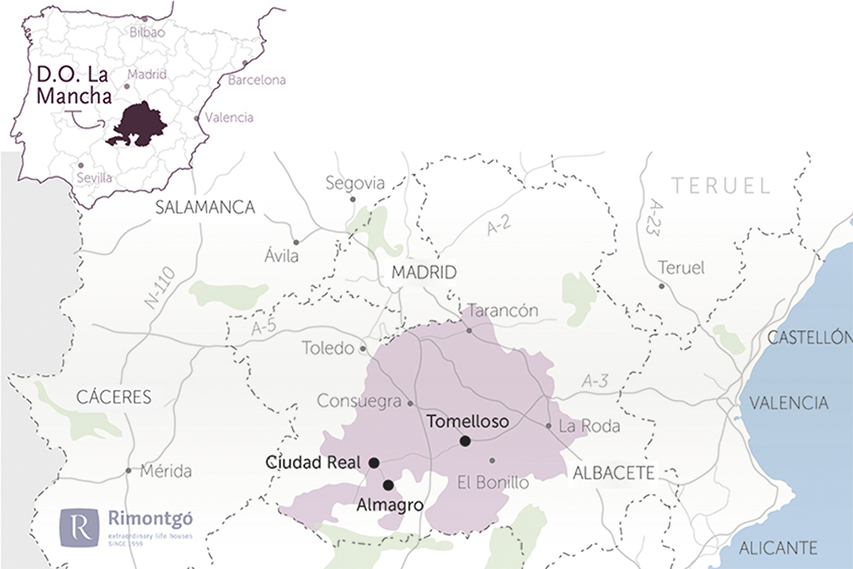
Change to imperial units (ft2, ac, °F)Change to international units (m2, h, °C)
D.O. year of foundation:
1976
Number of wineries (2017):
257
Total surface area:
164.553 ha406.610 ac
Maximum production allowed:
12.500 kg/ha11.152 lb/ac
Altitude of the vineyards:
Min: 600m
Max: 800m
Min: 1.969ft
Max: 2.625ft
Temperature:
Min: -15º
Max: 45º
Min: 5°F
Max: 113°F
Yearly hours of sun:
3.000
Yearly rainfall:
350 l/m233 l/ft2
Toledo
One of the five provinces which make up Castilla La Mancha is Toledo. The Tajo river crosses from east to west; it is bordered by Ávila, Madrid, Cuenca, Ciudad Real, Badajoz and Cáceres. It has 204 towns and the most populated are Talavera de la Reina, Illescas and Seseña. There is also Illán de Vacas, which is, with a population of 5, the smallest in Spain.
HISTORY OF WINE
The Castillo de Muela, in Consuegra, was donated in 1183 by Alfonso VII to the Order of Malta, in order to reinforce the borders against the Muslims. The Gran Prior of the Order and Duke of Alba, Álvarez of Toledo, was the one who was sent to build the Convento de las Madres Carmelitas Descalzas in the 16th century, while the house of the Tercia were the remains of the old palace of the Great Priors. At the same time, the knights were impelled to develop the vine growing in the towns that made up the area, between them, Tembleque and Villacañas. It would not be until the seizure of Medizábal in the 19th century that the knights marched and the wineries fell into the hands of the nobles. Carranque is also an enclave, which joins the roman culture with wine and La Mancha, it was the discovery of an archaeological site from the 3rd century which evoked the production of wine and oil.
WINES AND WINERIES
The Designations of Origin under which the wines of Toledo are produced are Méntrida and La Mancha. The former has vine references which date back to the 12th century and the majority of the vines belong to the red variety, Garnacha, old vines of low production. The Cencibel, a variety of grape, and the popular Airén are found in La Mancha. There are also Vinos de Pagos, such as Dominio de Valdepusa (Pagos Marqués de Griñón), and Guardia (Bodegas Martúe).
The most famous wineries in Toledo are Bodegas Arrayán, from the Entrecanales family; Jiménez Landi, with its fascinating labels; Más Que Vinos; Canopy, a young winery rediscovering the native land: Capilla del Fraile; Torre de Barreda; Vilhucas; Pinuaga, for more than 200 years; Cerro del Águila, project of a sommelier; Finca Loranque, which boasts a glorious past close to King Alfonso XIII and declared Bien de Interés Cultural; Finca Constancia (González-Byass group), Bodegas Casa del Valle (Olarra group); Osborne; Finca Venta de Don Quijote and Bodega Campos de Dulcinea, among others with a distinguished past and an even more promising future.
POINTS OF INTEREST
Between its natural attractions, the province shares the Cabañeros National Park with Ciudad Real and boasts about the Garganta de las Lanchas, but especially, it is rich in cultural and architectural heritage. So much so that the historic city of Toledo is a Site of Cultural Interest and UNESCO granted it the World Heritage title in 1986. With a marked medieval style, it has a strong structure filled with doors, murals and bridges. In their museums, it a great reputation of paintings by El Greco, which were set up in 1577. The craftwork of Toledo has its own name worldwide for great woodwork and ceramics, but for the tradition of forging and making swords, as you would expect from an imperial zone.
D.O./Valle (wine regions)
Discover more wineries and vineyards for sale in these wine regions in Spain
Subscribe to our mailing list to receive news about wineries and vineyards.

